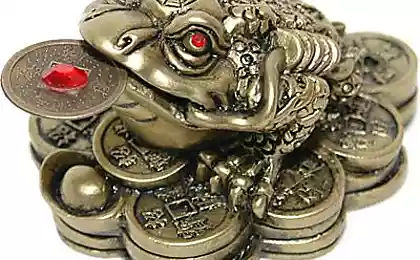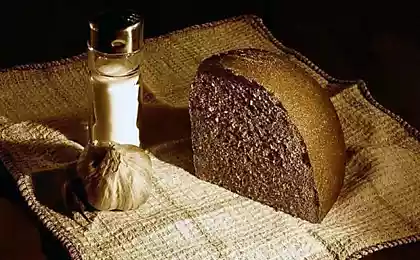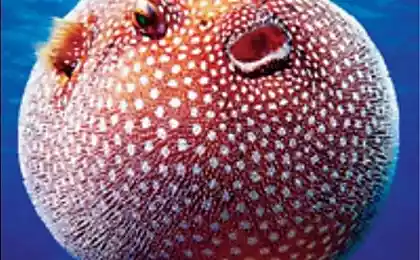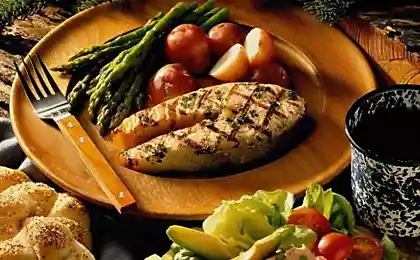1947
Fish sailboat
The fastest fish in the world is a fish-sailboat. There are two types of these fishes: Istiophorus platypterus, who lives in
waters of the Indian Ocean, and Istiophorus albicans, which is found in the central and western parts of the Pacific Ocean. That fish-Pacific sailfish can move in the water with a speed of around 100 km / h.
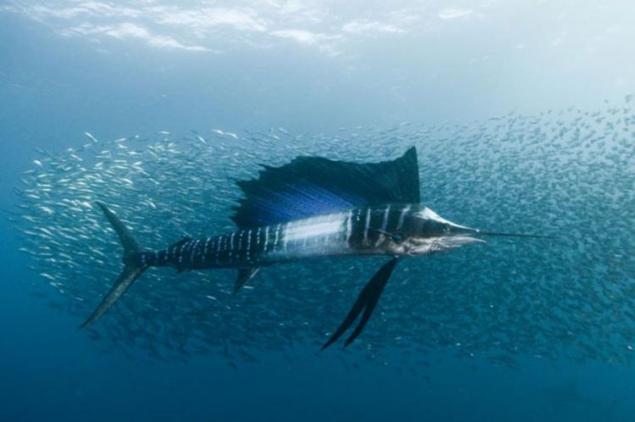
But what makes sailing the fastest creatures in the water?
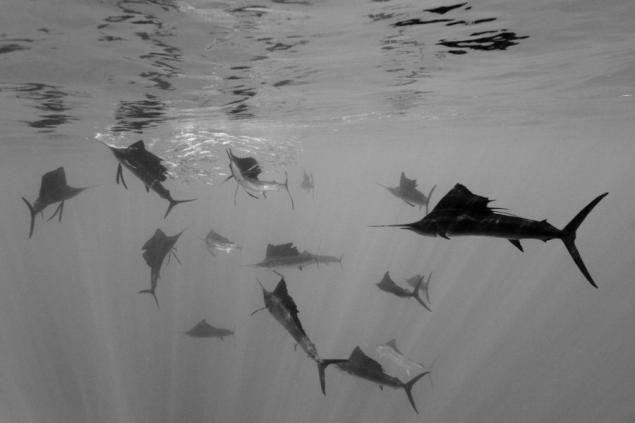
First - this is their fin. If the fish swims at high speed, the dorsal fin is hidden in a recess on the back; and with a sharp turn he "pulled out", so that the sailboat can be very sharp turn, chasing prey.
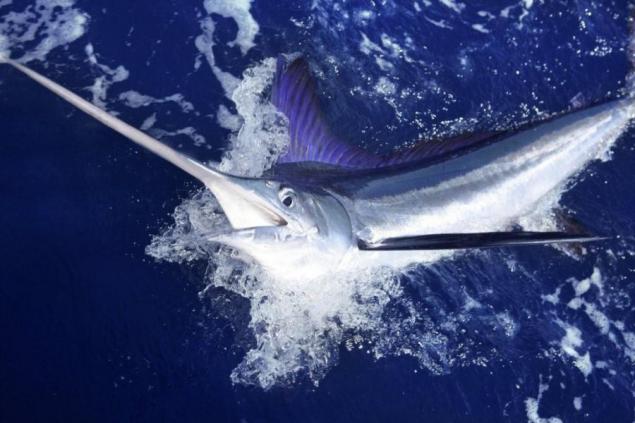
Secondly, sailboats helps them streamlined and very aerodynamic (or more appropriately here - akvadinamicheskoe) body covered furrows of small zubchikoobraznyh outgrowths. In these furrows delayed water ivyhodit that the body itself is not sailing, and "water film", clung to his contact with the water, significantly lowers the friction coefficient.
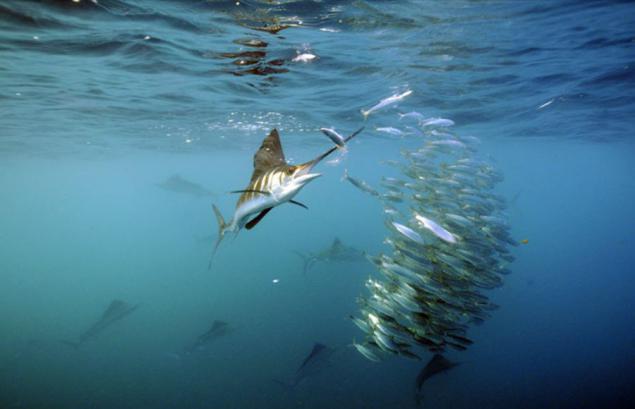
Also, far from outstanding pointy jaw fishes can achieve the effect of turbulence, and the caudal fin shaped like a narrow crescent though oscillates with a small amplitude, but does so with a very high speed.

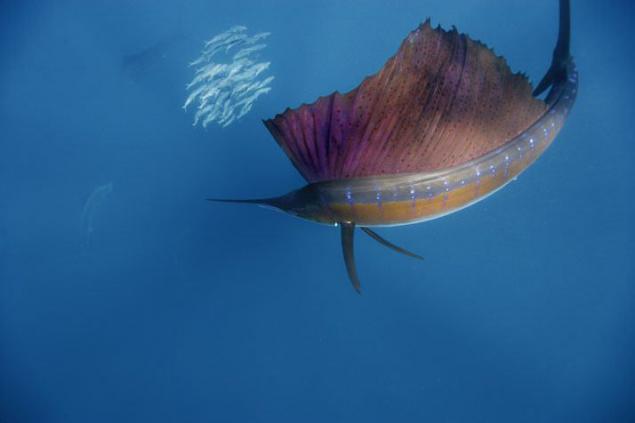
Source
waters of the Indian Ocean, and Istiophorus albicans, which is found in the central and western parts of the Pacific Ocean. That fish-Pacific sailfish can move in the water with a speed of around 100 km / h.

But what makes sailing the fastest creatures in the water?

First - this is their fin. If the fish swims at high speed, the dorsal fin is hidden in a recess on the back; and with a sharp turn he "pulled out", so that the sailboat can be very sharp turn, chasing prey.

Secondly, sailboats helps them streamlined and very aerodynamic (or more appropriately here - akvadinamicheskoe) body covered furrows of small zubchikoobraznyh outgrowths. In these furrows delayed water ivyhodit that the body itself is not sailing, and "water film", clung to his contact with the water, significantly lowers the friction coefficient.

Also, far from outstanding pointy jaw fishes can achieve the effect of turbulence, and the caudal fin shaped like a narrow crescent though oscillates with a small amplitude, but does so with a very high speed.


Source



